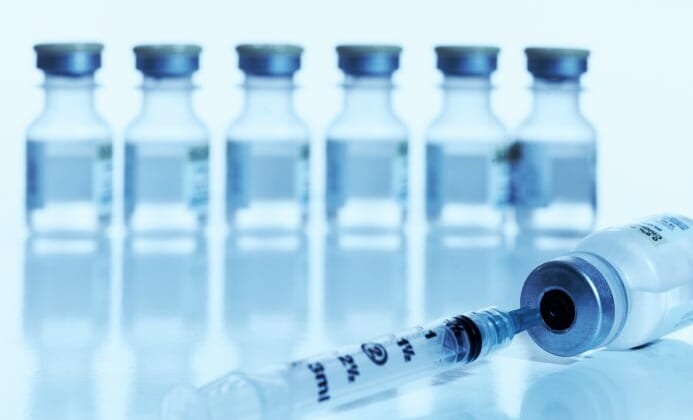
“One exciting potential of this procedure is that it will offer these folks an opportunity to get part of their lives back,” said Douglas Losordo, M.D., lead researcher and professor of medicine and director of the Feinberg Cardiovascular Research Institute at Northwestern University in Chicago.
Researchers used patients’ CD34+ stem cells, which circulate through the blood and play a role in forming new blood vessels.
In the study, 167 patients at 26 U.S. medical centers were randomized to one of three injection groups: low dose (100,000 CD34+ cells/kg body weight); high dose (500,000 CD34+ cells/kg body weight); or a placebo.
Using a catheter threaded into the heart, the researchers then injected the cells into muscle identified as receiving insufficient blood. The injection was meant to create new vessels in the diseased heart muscle to improve blood flow to the area and reduce pain.
They found that a year after treatment, the low-dose group had about half as many episodes of chest pain as the placebo group. They were also able to tolerate double the amount of exercise.
“It translates as going from being able to watch television to being able to walk at a normal pace or going from being able to walk slowly to being able to ride a bike,” Losordo said.
The study was published in Circulation Research: Journal of the American Heart Association.
